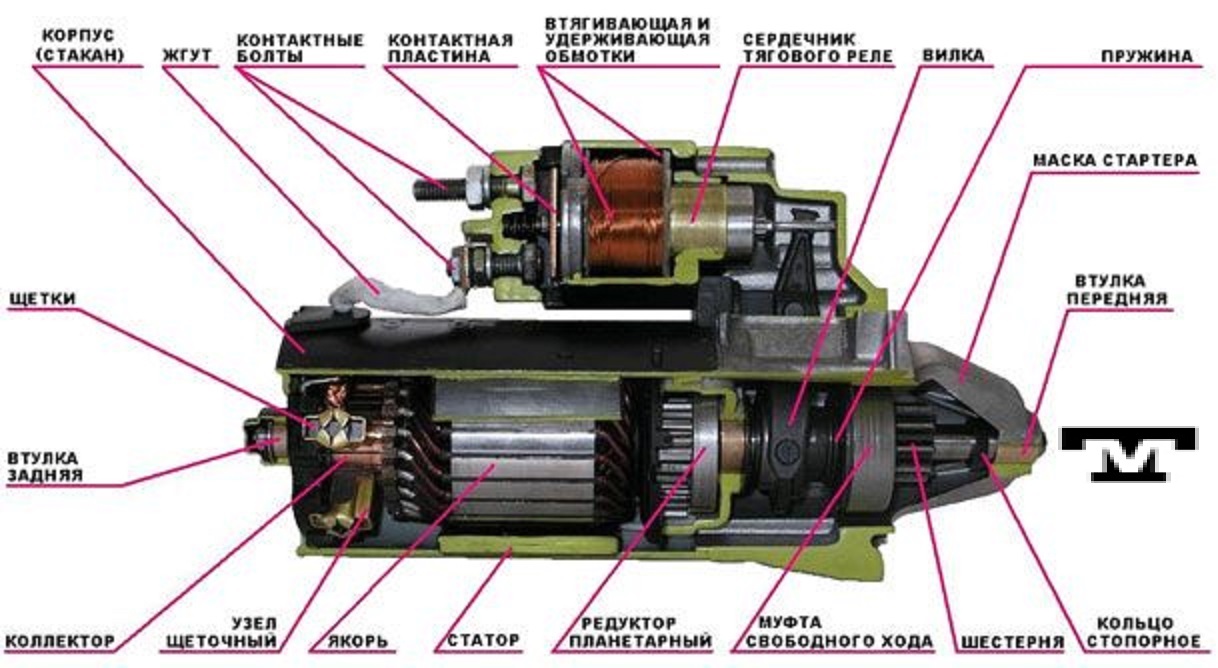Imagine a symphony, a complex tapestry of interconnected parts working in perfect harmony to create a powerful melody. This, in essence, is what an engine is – a masterpiece of engineering, a symphony of moving parts orchestrated to transform fuel into motion. Understanding these parts, known as “partes de un motor” in Spanish, is crucial for anyone, whether you’re a car enthusiast, a mechanic, or simply curious about the mechanics of modern life.

Image: cuerpo.tesear.com
Today, we’ll embark on a journey into the heart of an engine, exploring the key components and their roles in this fascinating dance of power. We’ll delve into the “partes de un motor en inglés,” unraveling the language used by experts around the globe to describe these vital components.
The Foundation of Power: The Engine Block & Crankshaft
The engine block, the sturdy foundation, holds everything together. This cast iron or aluminum structure houses the cylinders, the chambers where combustion occurs. Within these cylinders, the pistons, guided by connecting rods, translate the explosive force of combustion into linear motion. The connecting rod is attached to the crankshaft, a rotating shaft with a series of offset throws that transform the linear motion of the pistons into rotational power.
A Flow of Energy: The Cylinder Head, Valves, and Camshaft
Atop the engine block sits the cylinder head, a complex component with intricate passages for coolant and exhaust gases. It also houses the valves, essential for controlling the flow of air and fuel into the cylinder during the intake stroke and for expelling exhaust gases during the exhaust stroke. These valves are carefully synchronized by the camshaft, a rotating shaft with lobes that open and close the valves at precise intervals, ensuring efficient combustion.
Power Transmission: The Timing Belt and Chain
The timing belt or chain is a crucial component that synchronizes the crankshaft and camshaft, ensuring their rotation at the correct relative speeds. If the timing belt fails, the valves and pistons can collide, resulting in catastrophic engine damage. This underscores the importance of regular maintenance to prevent such failures.

Image: motorinformations.com
Igniting the Flame: The Spark Plugs
Within the cylinder, the air-fuel mixture is ignited by a carefully timed electrical spark provided by the spark plug. This spark ignites the mixture, causing a rapid expansion of gases that pushes the piston down, driving the crankshaft and ultimately producing power.
The Fuel Source: The Fuel System
Fuel, the lifeblood of an engine, is delivered to the cylinders via the fuel system. This complex system includes the fuel tank, fuel lines, fuel pump, fuel injectors, and air intake system. Each component plays a vital role in ensuring that the engine receives a steady supply of fuel and air for efficient combustion.
Cooling the Heat: The Cooling System
Combustion generates intense heat, and without a proper cooling system, the engine would overheat and eventually seize up. The cooling system employs a variety of components, including a radiator, coolant, water pump, and thermostat, to transfer heat away from the engine and maintain optimal operating temperatures.
Filtering the Waste: The Exhaust System
The exhaust system collects the burnt gases from the cylinders and directs them out of the engine. As the gases pass through the exhaust manifold and exhaust pipe, they are cleaned and silenced by the catalytic converter and muffler.
The Electrical Pulse: The Ignition System
The ignition system plays a crucial role in initiating the combustion process. It generates a high-voltage spark at the spark plug through a series of components, including the ignition coil, distributor, and spark plug wires.
Regulating the Flow: The Throttle Body and Air Intake
The throttle body, positioned at the air intake, regulates the amount of air entering the engine. The butterfly valve within the throttle body controls the airflow, allowing the driver to accelerate or decelerate the vehicle by adjusting the fuel-air mixture and, consequently, engine power.
The Engine’s Brain: The Engine Control Unit (ECU)
The engine control unit (ECU), sometimes referred to as the engine computer, is the brains behind the engine. It receives information from various sensors throughout the engine, such as the oxygen sensor, throttle position sensor, and temperature sensors. Based on this data, the ECU adjusts engine parameters, such as fuel-air mixture, spark timing, and engine speed, to optimize performance and efficiency.
Beyond the Basics: Understanding Specific Terminology
As you delve deeper into understanding engines, you’ll encounter specific terminology. Words like “stroke volume,” “compression ratio,” “bore,” and “stroke” become crucial in understanding engine characteristics and performance. Understanding these terms allows you to decipher the nuances of engine performance and appreciate the complexity of this mechanical marvel.
The Future of Engine Technology
While the fundamental principles of engine operation remain relatively consistent, advancements in engine technology continue to push the boundaries of efficiency and performance. New innovations, like direct injection, turbocharging, and variable valve timing, are being incorporated to improve fuel economy, reduce emissions, and enhance power output.
From Mechanics to Mechanics: Empowering Yourself with Knowledge
Understanding the “partes de un motor en inglés” empowers you with the knowledge to diagnose potential problems, perform basic maintenance tasks, and make informed decisions about your vehicle’s health. This knowledge can save you money on repairs, extend the life of your engine, and even increase its performance.
Partes De Un Motor En Inglés
https://youtube.com/watch?v=CgpPEHZXcUI
Explore Further, Embrace the Journey
The world of engines is a fascinating realm of intricate mechanics and ingenious design. By exploring further, delving into online forums, reading books, and even attending workshops, you can continue to expand your understanding and appreciation of these remarkable machines. The journey of learning about engines is an ongoing one, full of rewarding discoveries and a constant sense of wonder.





